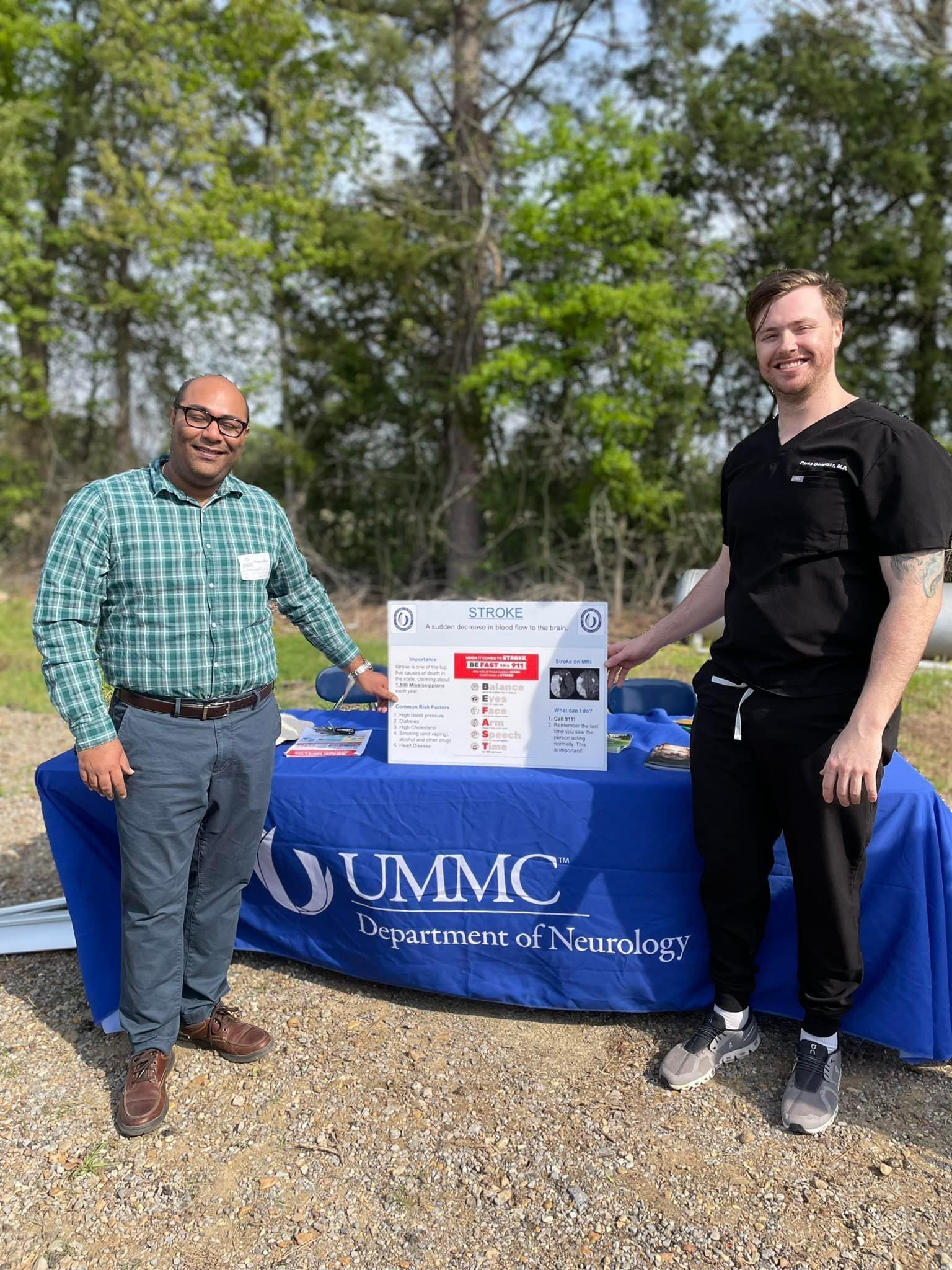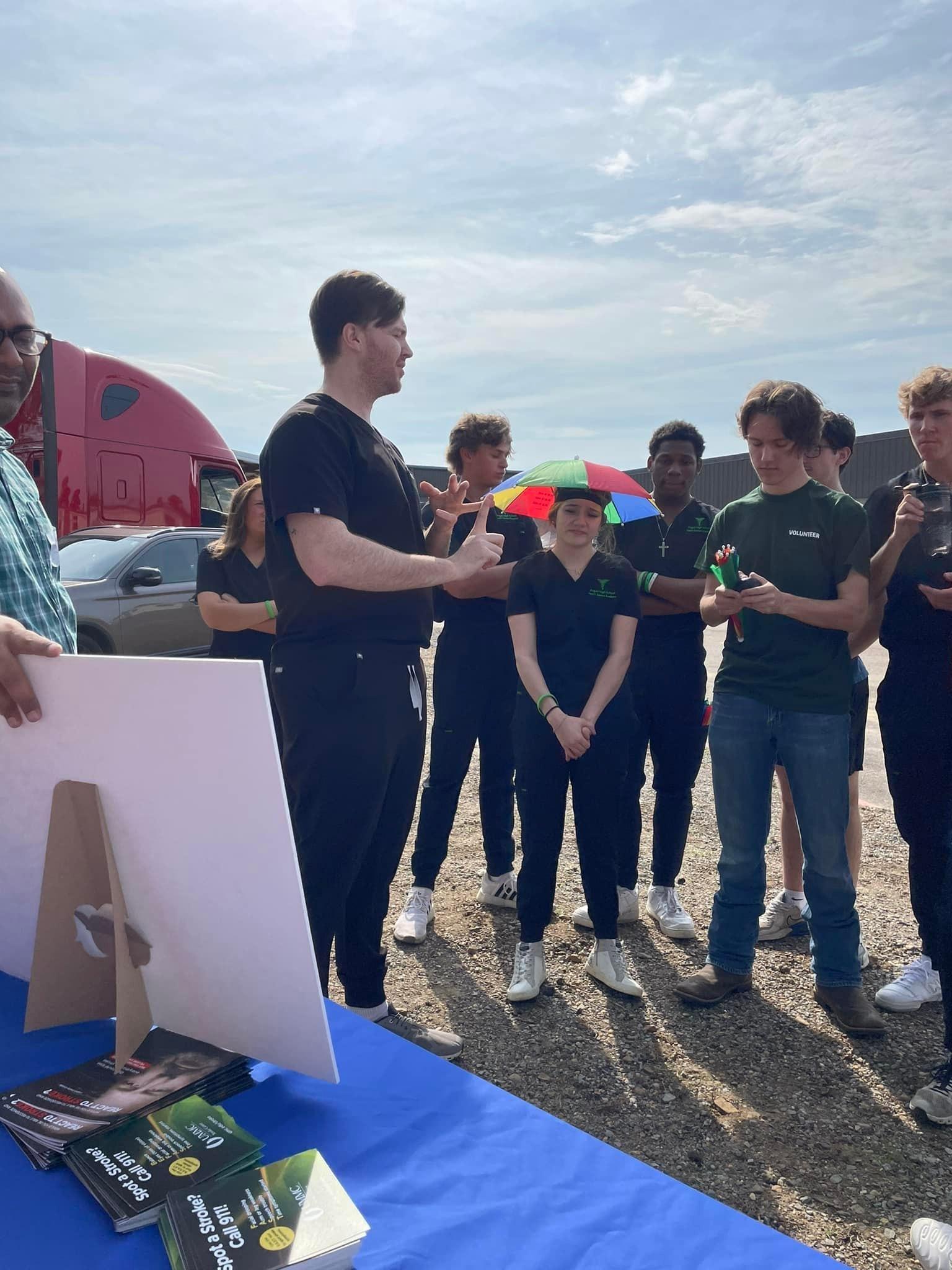Katie Arrington is from Inverness and is studying building construction science at Mississippi State University.
“I had a stroke at 18, but I'm 19 now,” she said. “I turn a lot of heads in a lot of waiting rooms, bring down the average age in about every room I'm in. It's just kind of something new I have to live with.”
The stroke caught Arrington off guard.
“Having a stroke really changed the course of my school year,” she said. “I woke up in the hospital on the first day of classes and eventually had to drop out.”
Arrington says a previously undiagnosed condition known as a patent foramen ovale, or PFO, could have caused the stroke.
“We have a pretty good idea that it was a PFO,” she said. “It was a hole in my heart that let a blood clot go to my brain.”
The symptoms Arrington describes as experiencing before the stroke included a migraine, something she said she had been used to getting.
“I had a lot of the same symptoms as my migraines, but a doctor at a clinic in Belzoni was like, hey, this is not a migraine,” she said. “Get to Saint Dominic's.”
Arrington says she was being treated for the blood clot within 40 minutes after arriving at the hospital. Arrington says she lost her vision for around 36 hours but she says her life has almost gone back to normal and she’s returned to Mississippi State. She says she’s had strong support from her parents.
“They were kind of shocked,” she said. “They say I took some years off their life, but other than that, they've stuck with me through it all.”
Now, Arrington says she hopes more young people can become aware of the risks of strokes even in their demographic.
“College brings a lot of stress, a lot of anxiety,” she said. “I've felt that this past semester, but your health, it's something you can't get back if it's gone. You can get back control of your life, but if something happens, it's up to God to decide what happens.”
Arrington says having May as stroke awareness month can help young people recognize the impact strokes can have on their life.






